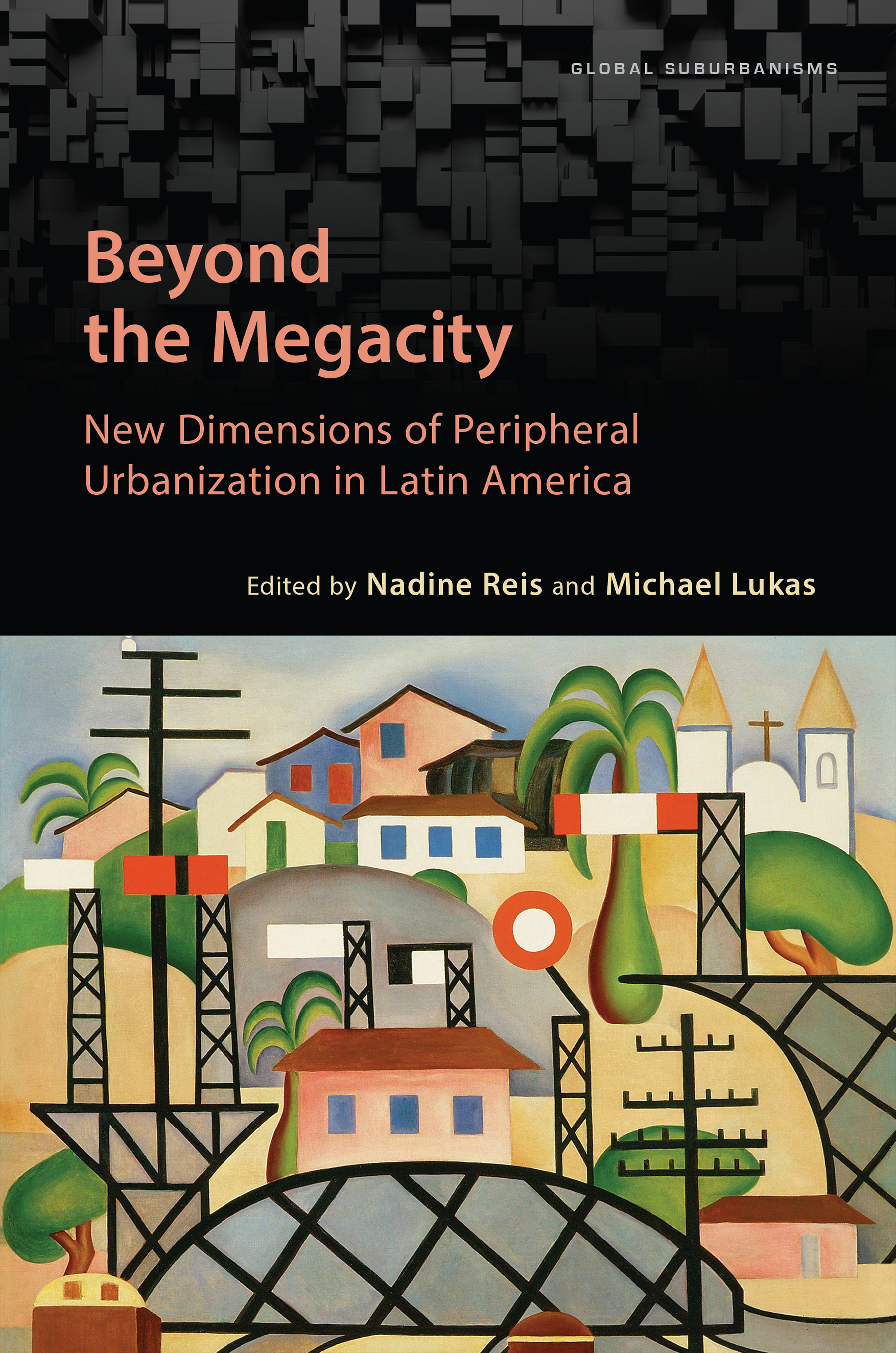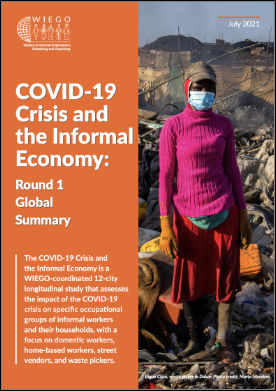- Who We Are
- How We Work
- Regional / Country Initiatives
- Legacy
- Core Themes
- Working Groups
- Portfolio & Results
- Newsroom
- Resources
Global Report on Human Settlements 2011: Cities and Climate Change (UN-HABITAT)
Cities and Climate Change: Policy Directions seeks to improve knowledge on the contribution of cities to climate change, the impacts of climate change on cities, and how cities are mitigating and adapting to climate change.
Cities and Climate Change: Policy Directions seeks to improve knowledge on the contribution of cities to climate change, the impacts of climate change on cities, and how cities are mitigating and adapting to climate change.
It also identifies promising mitigation and adaptation measures that are supportive of more sustainable and resilient urban development paths.
Cities and Climate Change: Policy Directions seeks to improve knowledge on the contribution of cities to climate change, the impacts of climate change on cities, and how cities are mitigating and adapting to climate change.
It also identifies promising mitigation and adaptation measures that are supportive of more sustainable and resilient urban development paths.
Some of the key findings of Cities and Climate Change include:
- The urban poor will pay a heavy price for the affluence and consumption of cities a world away from them, as there is an inverse relationship between consumers most responsible for high greenhouse gas emission and those most vulnerable to its impacts.
- Cities are responsible for up to 70 per cent of harmful greenhouse gases while occupying just 2 per cent of its land.
- At the city level, the main areas where policy and practice can have mitigation impacts are in urban development and design, particularly in the regulations around the built environment including urban infrastructures and transport policy.
- In the absence of federal or national leadership, state and local government are taking the initiative on climate change mitigation and adaptation.
- Climate change adaptation measures must be built into development planning for urban centres for any genuine progress to be made.


